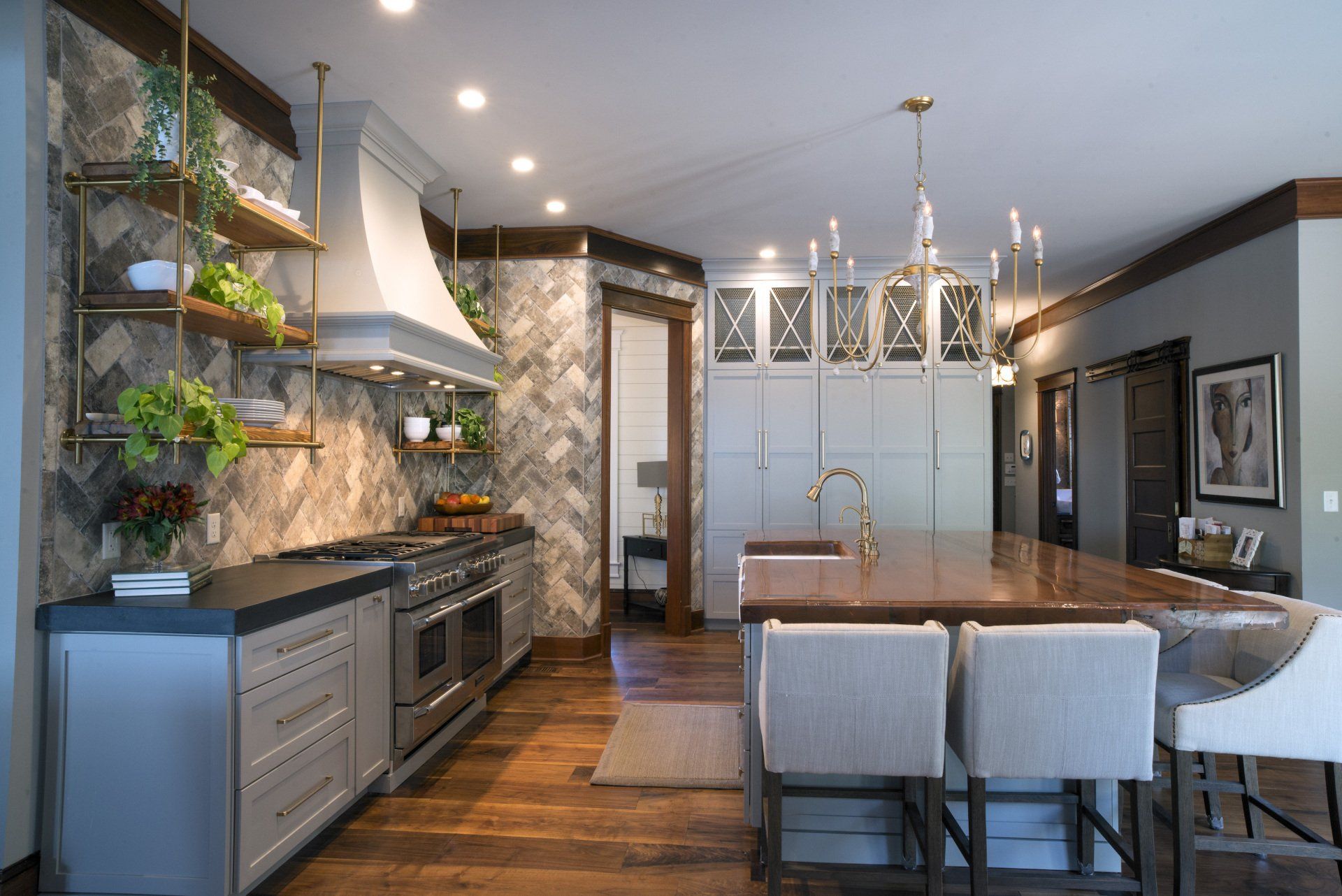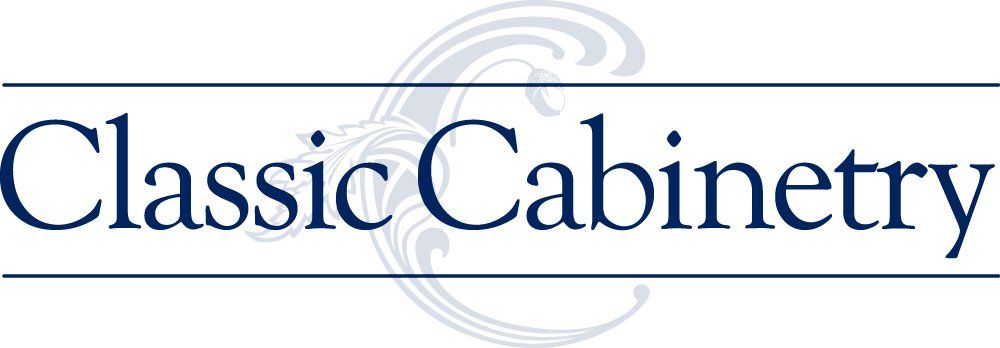Like most businesses Chattanooga, we’ve learned to pivot during the COVID-19 pandemic to help ensure the safety of our clients and our team without compromising the quality service that has been a hallmark of our firm. Many homeowners Chattanooga welcome the reassurances we provide to work while wearing a mask, being able to effectively social distance and implement cleaning and disinfecting protocols every time we enter someone’s home.
If you are wary of undertaking a kitchen, bath or other type of home renovation project because you are not comfortable having workers in your home, consider the following guidelines to give you peace of mind.
Select showrooms and contractors that can perform most of the preliminary planning remotely or by appointment only. Many initial consultations with homeowners Chattanooga begin with a video call. We ask that the homeowners show us the space that they want to renovate. We encourage homeowners Chattanooga to create inspiration boards on Instagram, Houzz.com or other venues. We offer tools and templates that our clients can use to remotely measure the space that enables us to develop a preliminary budget. We also can offer virtual tours of our showroom and offer face-to-face appointments that comply with CDC and state and local guidelines.
Ask showrooms that you are considering to either document or explain their COVID-19 policies and procedures and their understanding and strategies for complying with CDC and other regulatory guidelines. Explain concerns and fears that you might have with strangers entering your home, if any.
Determine how involved you want to be in your project once the renovation begins. How often do you want the showroom to communicate with you. Make sure you understand the schedule and who might be in your home and when they will be there.
Have realistic expectations with both timelines and inconveniences. Many homeowners Chattanooga working from home have discovered they need their homes to be more functional, more purposeful and more enjoyable. Our showroom has received numerous requests for multifunctional kitchens, spa-inspired baths, home offices, basement renovations and other similar projects. Do not be surprised if it will take three to six months after you sign your contract for work to begin. During that time, we can order all of the materials that your project requires so that when we begin, there will not be delays caused by fulfillment shortcomings.
If you are working from home or your children are schooling from home expect a certain amount of noise to take place during your renovation. It may be best to schedule demolition when you and your family are not at home. Select showrooms that explain how, when and how much your daily routine will be interrupted during the renovation process. Understand the safety protocols that construction crews will follow while in your home. Make sure you are comfortable. Most importantly, communicate, communicate, communicate.
Let us explain how we can create dream spaces in your home while helping to ensure the safety of your family by giving us a call at 423-266-0077 or make an appointment to visit our showroom either in person at 2601 Broad St or virtually.





